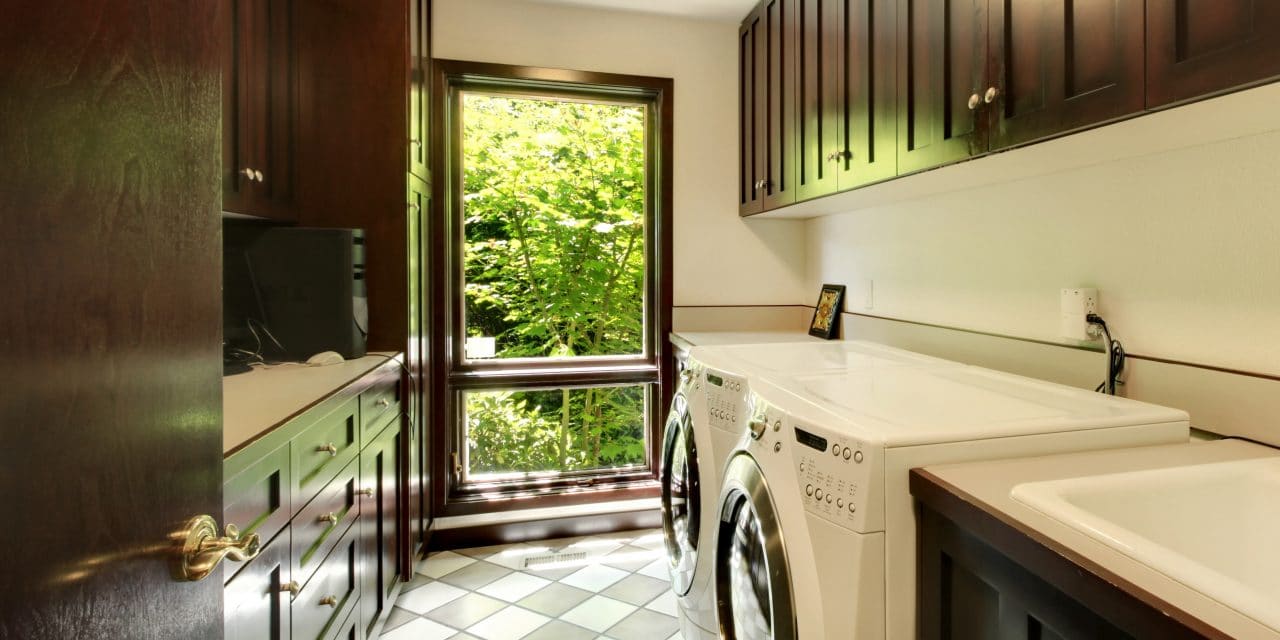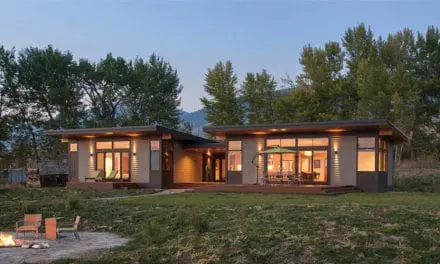When it comes to energy efficiency, everybody wins. Making home energy efficiency renovations to your home means you’ll benefit from the increased comfort and reduced utility bills that come with energy-saving upgrades. Reducing your home’s energy use means reducing the carbon footprint of your home, or the negative impact your home has on the environment. In fact, if every home in the U.S. were to implement one simple efficiency measure — installing ENERGY STAR refrigerators, for example — billions of pounds of annual greenhouse gas emissions would be prevented. This translates to emission reductions equivalent to the exhaust from millions of vehicles. And as a homeowner, you’ll be happy to know that energy efficiency upgrades are almost guaranteed to increase the value of your home. By making investments now, you’ll not only reap the monetary benefits and help the planet now, but you’ll see a bigger paycheck later — when the time comes to put your home up for sale!
Energy-Saving Home Renovations That Increase the Value of Your Home
In a time when the housing market is volatile, it’s comforting and exciting to know that energy-efficient upgrades are essentially no-risk projects. Many efficiency upgrades end up paying for themselves in energy cost savings, sometimes within just a few years (or even months!). And whether you’re looking to sell or plan on passing your home down to your children or grandchildren, you should know that one of the most surefire ways to increase the value of your home is making energy efficiency upgrades, for a few reasons:
More Eco-Concious Homebuyers
The number of eco-conscious homebuyers is soaring — more than ever, homebuyers are seeking a home with a lower impact on the environment than other contenders. The upside is eco-conscious buyers are more willing to lay out cash for a home that was made as energy efficient as possible, and they are likely to be automatically attracted to a home with eco-friendly and energy-saving features.
Green Certification
Even the smallest efficiency measures in your home could help contribute to green certification points — a major selling point for potential homebuyers. For example, equipping your home with ENERGY STAR appliances can count for up to two LEED certification points. But even if you’re not after LEED certification, incorporating these technologies into your home is a great way to attract eco-minded homebuyers and help both the environment and your wallet.
Lower Operational Costs
Energy-efficient homes cost less to run than the average home, often by a significant margin. A home with lower operational costs is likely to attract any homebuyer — even those with eco-friendliness on the back burner. The best part about lower operational costs: you get to enjoy the money-saving benefits for the remainder of your time in your home!
1: Replace Your Kitchen Appliances
Kitchen appliances are some of the biggest machines in the house, and they can really suck up energy! Older refrigerators and dishwashers in particular are almost guaranteed to demand more energy per use than be much less energy-efficient than models on the market today. Appliances that have been certified by ENERGY STAR are your best bet to ensure the new ones you choose will be as efficient as possible.
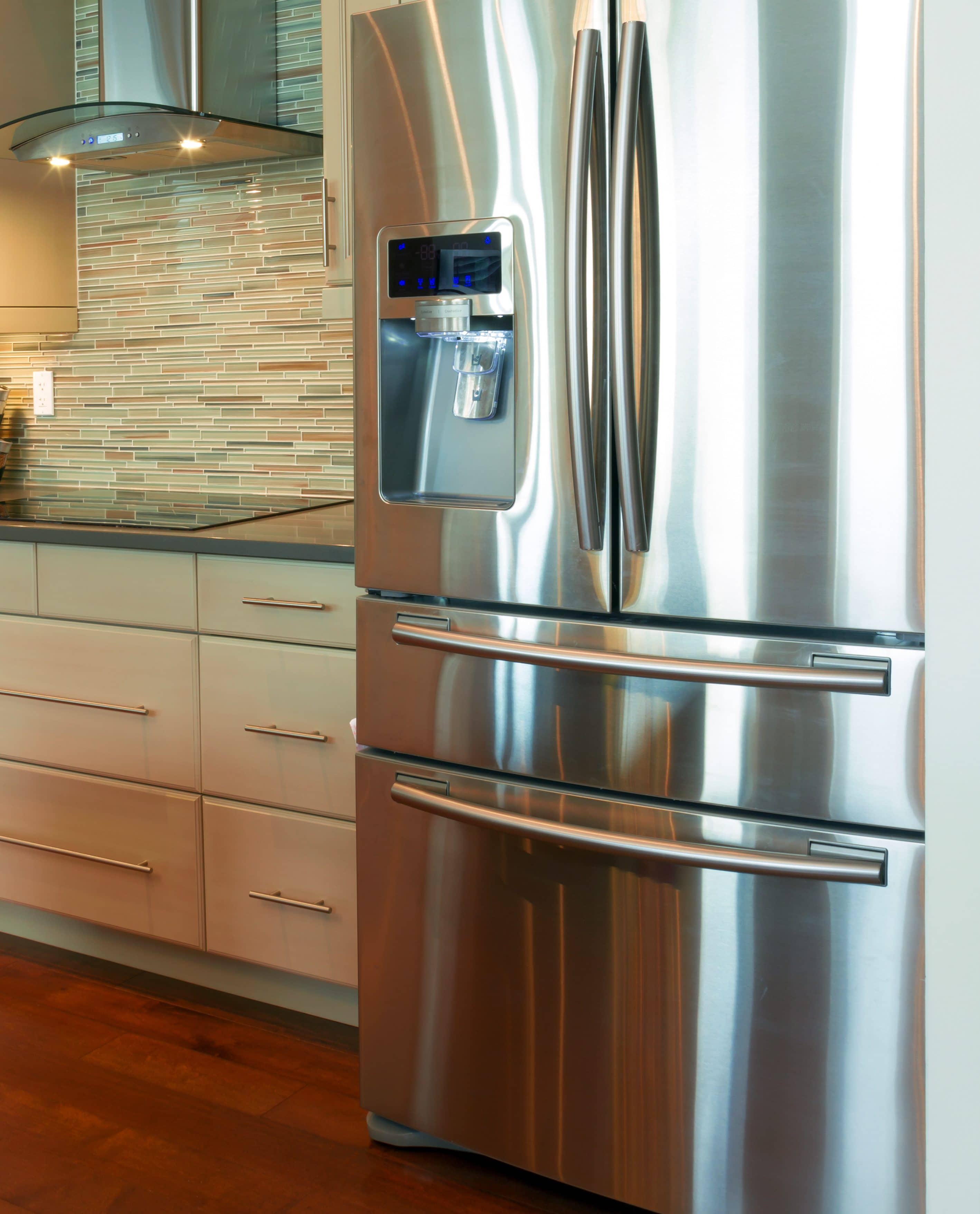
Efficiency Example: Refrigerators
ENERGY STAR certified refrigerators are around 10% more energy-efficient than new models that meet the federal minimum energy efficiency standard. Imagine how much more efficient an ENERGY STAR fridge would be than the 10+ years old, outdated fridges in many kitchens nationwide!
As it turns out, more than 60 million refrigerators are over 10 years old, costing consumers $4.7 billion a year in energy costs. By properly recycling your old refrigerator and replacing it with a new, ENERGY STAR certified model, you can save between $35–$300 on energy costs over the lifetime of the fridge.
Environmental Impact
If all refrigerators sold in the United States were ENERGY STAR certified, the energy cost savings would grow to more than $400 million each year. In addition, 8 billion pounds of annual greenhouse gas emissions would be prevented, equivalent to the emissions from 750,000 vehicles.
2: Install ENERGY STAR Laundry Appliances
Laundry appliances are some of the biggest energy hogs in your home, responsible for around 13% of your home’s total energy use. The average family washes about 300 loads of laundry each year. That’s a lot of wash and dry cycles! ENERGY STAR washers and dryers are sure to reduce your home’s energy and water costs, adding value to your home in the process. Potential homebuyers will be happy to hear that your home’s laundry appliances are brand new as well as rated for efficiency.

Washers
Washers are the second largest water user in your home. Most ENERGY STAR washers use four times less energy than washers made before 1999. ENERGY STAR certified clothes washers use about 25% less energy and 40% less water than the average washer, and up to four times less energy than washers made before 1999.
It’s estimated that there are 76 million top-loading washers, 25 million of which are at least 10 years old, still in use across the country. Washers built before 2003 are significantly less efficient than newer models. Together, these inefficient washers cost consumers $2.9 billion each year in energy and water. If you have a standard clothes washer that is over 10 years old, it’s costing you, on average $180 a year. So if you’re one of the many homeowners with clothes washers from 15+ years ago, you should definitely consider replacing it with an ENERGY STAR certified model.
To save as much water as possible, look for a washer with a low water factor — The lower the water factor, the less water the machine uses.
Dryers
ENERGY STAR dryers use 20% less energy than conventional models, without sacrificing features or performance. This is made possible through innovative energy saving technologies, such as moisture sensors that detect when clothes are dry and automatically shut the dryer off; many ENERGY STAR dryers also include convenient features, such as steam cycles that can help save time on ironing clothes by preventing wrinkles.
More than 80 percent of American homes have a clothes dryer, so the savings opportunity is huge. If all clothes dryers sold in the US were ENERGY STAR certified, Americans could save $1.5 billion each year in utility costs — at the same time, preventing greenhouse gas emissions equivalent to more than 2 million vehicles.
3: Install Energy-Efficient Windows
On the subject of home energy efficiency upgrades, windows aren’t typically the first thing that comes to mind. But the importance of having energy-efficient windows, or windows that will stop valuable heated or cooled air from escaping your home, can’t be stressed enough. Leaky windows translates into wasted energy, since HVAC systems will need to work harder to maintain the desired temperature; even highly-efficient HVAC systems can’t make up for poorly insulated windows.

On a tight budget? Relatively new windows? If replacing your windows is out, consider improving the efficiency of your current windows by adding storm windows, weatherproofing, caulking, and more.
Read More: How to Choose New, Energy-Efficient Windows
4: Install an Efficient Water Heater
Storage Vs. Tankless
The most common type of water heater in America is the storage tank water heater. While these heaters are initially cheaper to install, they have a lower life expectancy (10-15 years) than tankless heaters. In addition, standby heat loss means that energy can be wasted to keep the water in the tank heated to the set temperature, even when no hot water is being used.

Because storage water heaters are so common, a home featuring an energy-efficient tankless water heater is likely to stand out from the crowd. Potential homebuyers will love the energy savings as well as the long life expectancy — A home with a recently-installed tankless heater means no maintenance for decades!
5: Air-Seal and Insulate Your Attic
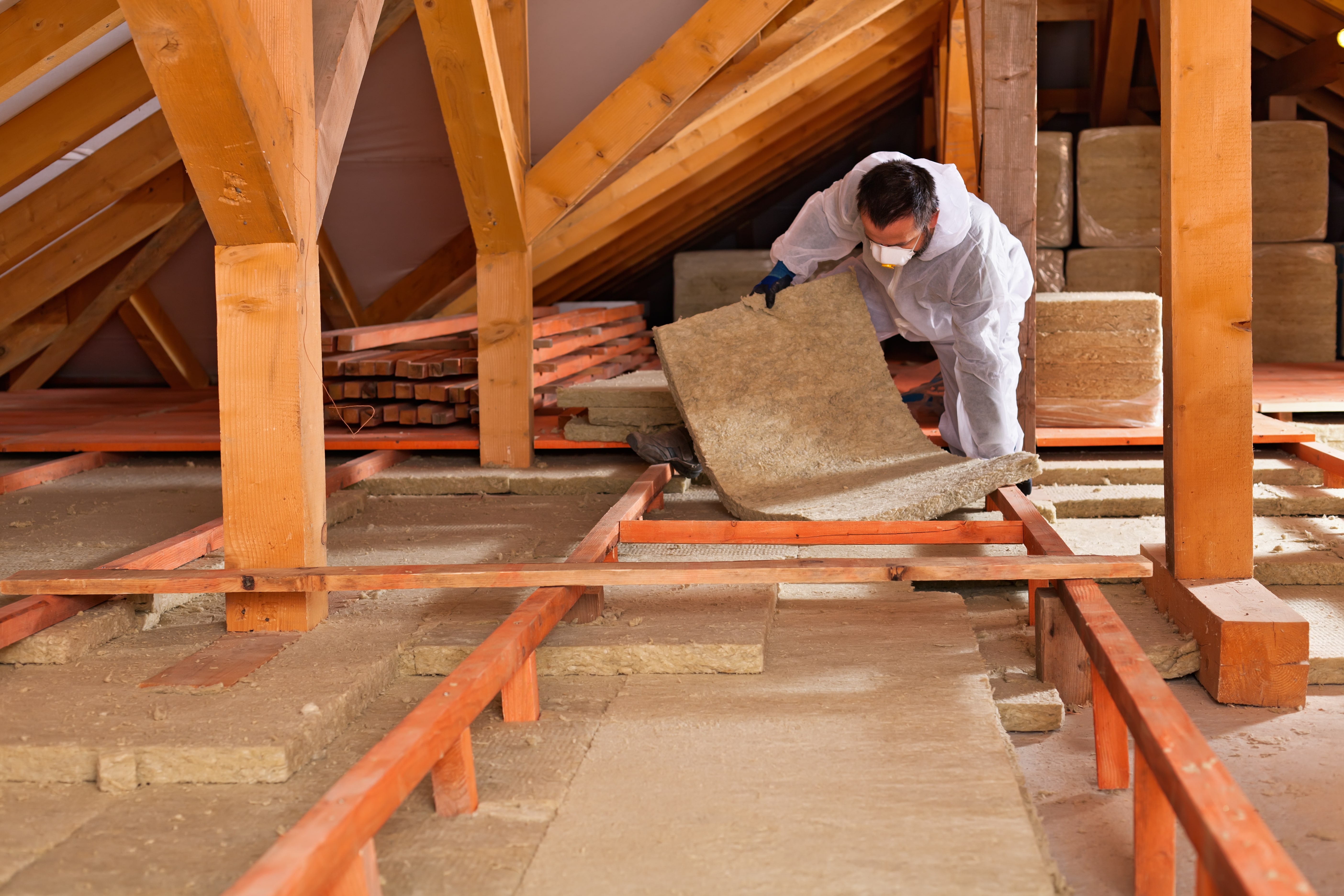
6: Replace Your Home’s Heating, Ventilation, and Cooling (HVAC) System
If your system is over 10 years old, or if you’ve found that your heating and cooling bills are high, you should definitely look into installing an energy-efficient HVAC replacement into your home. Installation of an efficient HVAC system could cut heating and cooling bills by as much as 50% (upwards of $115 in annual savings)!
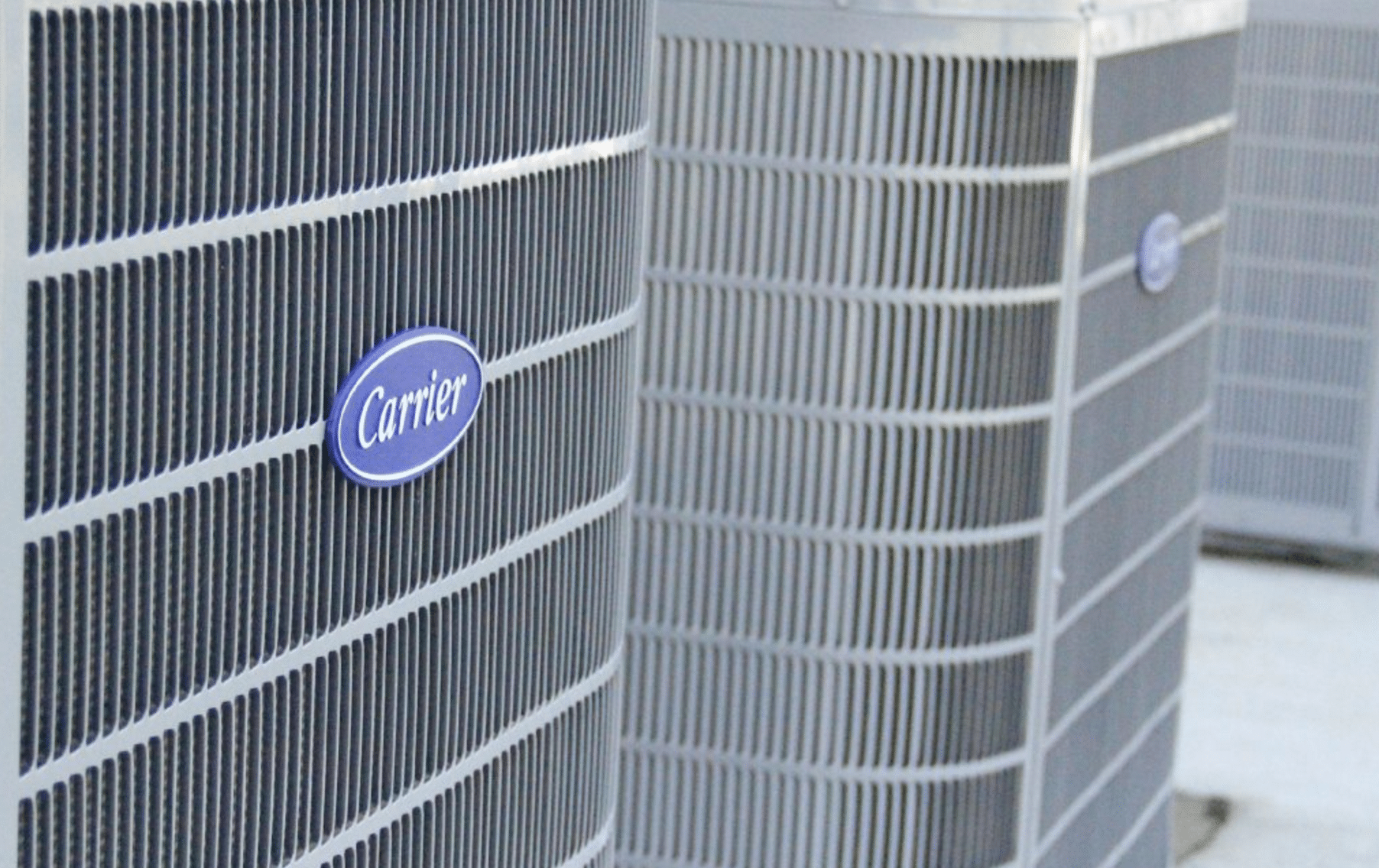
7: Install a Programmable Thermostat
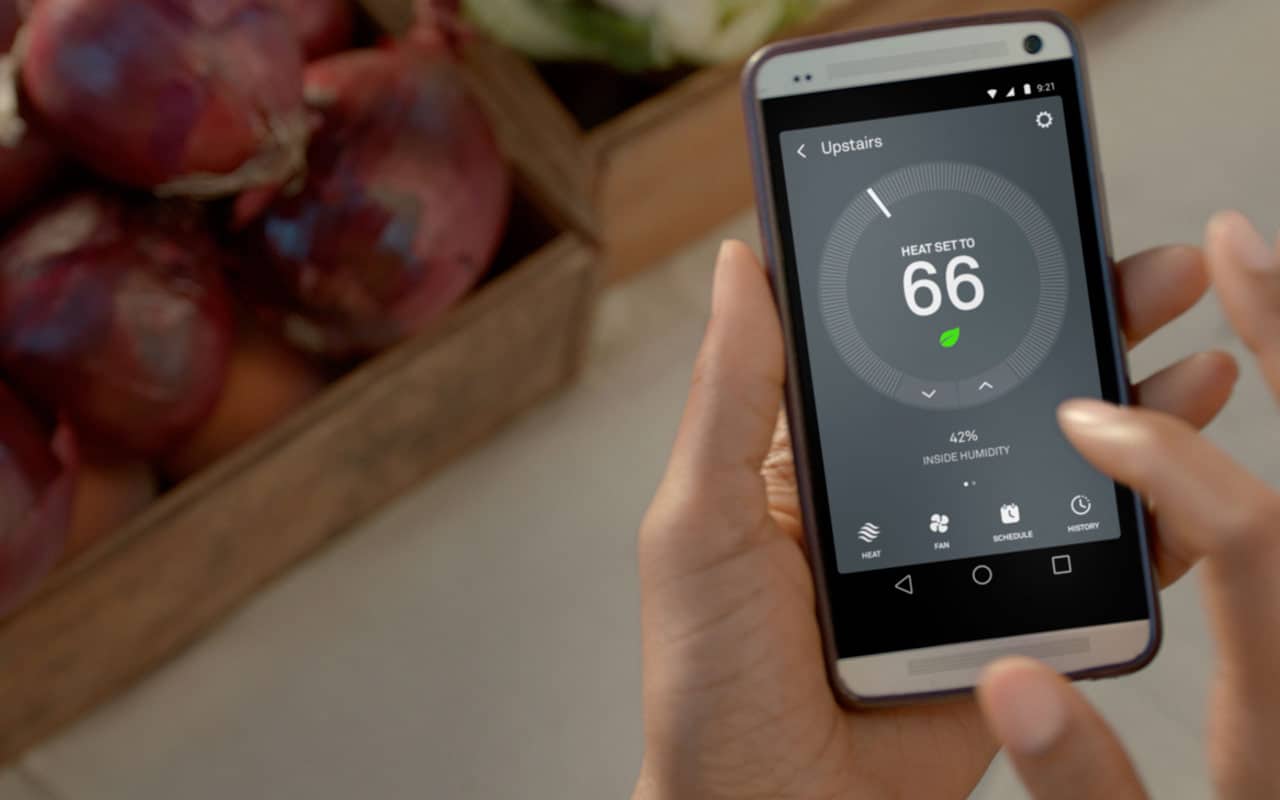
Smart thermostats will automatically save around 8% on heating and cooling bills, so they pay for themselves in a matter of months. Programmable thermostats are increasingly common, and such an easy way to save energy; some eco-concious homebuyers may come to expect this feature. (But high-tech home automation systems with smartphone-connect technologies are likely to wow even the most eco-minded buyer!)
8: Replace Light Bulbs with Efficient LED Lights
Replacing the light bulbs in your home with efficient LED lights might be the cheapest AND easiest way towards energy savings. Quality LED light bulbs last longer, are more durable, and offer comparable or better light quality than other types of lighting.
It’s estimated that LED lights can last 20 times longer than incandescent lights. LEDs have an incredibly long lifespan in contrast to other bulbs. Incandescent bulbs will typically last for 1,200 hours of use before they burn out, while LEDs have a lifespan of at least 50,000 hours of use; in many cases, LEDs last for over 20 years! Just imagine telling a potential buyer that it will most likely be over a decade before a single bulb in the home needs to be replaced.

LED lights, especially those that are ENERGY STAR rated, use at least 75% less energy than incandescent lights. Replacing the bulbs throughout your home with LEDs could easily mean a 75% reduction in annual lighting costs. And since lighting makes up for around 14% of total energy costs, that means pretty significant energy savings — all from doing nothing but changing out light bulbs!
Benefits of Energy-Saving Home Renovations
More and more, homebuyers are looking for energy efficiency in the homes they browse. This steady increase in eco-conscious homebuyers means that energy-saving renovations of any kind are almost guaranteed to increase the value of your home. The best part is, you get to experience the energy savings for yourself in the process! Whether you’re ready for big-ticket renovations like HVAC system replacement, or smaller projects like installing LED lights, we hope that we’ve shown you it’s possible to upgrade your home’s efficiency factor and increase the value of your home — all while protecting the planet (the ultimate goal, of course!).


